My Pro Guide to Baking Soda: What Actually Works and What Really Doesn’t
I’ve spent the better part of two decades in the property restoration and pro cleaning world. And let me tell you, you learn fast that the best tools aren’t always the ones with the flashiest labels or highest price tags. I’ll never forget one of my first big jobs. I was apprenticing under an old-school pro, and we were facing a kitchen that had seen years of serious neglect. He handed me a simple box of baking soda and a bucket.
In this article
Honestly? I was skeptical. I was used to heavy-duty, industrial chemicals that practically peeled the paint off the walls. But he showed me how to whip up a simple paste to scour decades of grime from a porcelain sink without leaving a single scratch. That was a lightbulb moment for me. Understanding what a simple material can do is way more powerful than any brand name on a bottle.
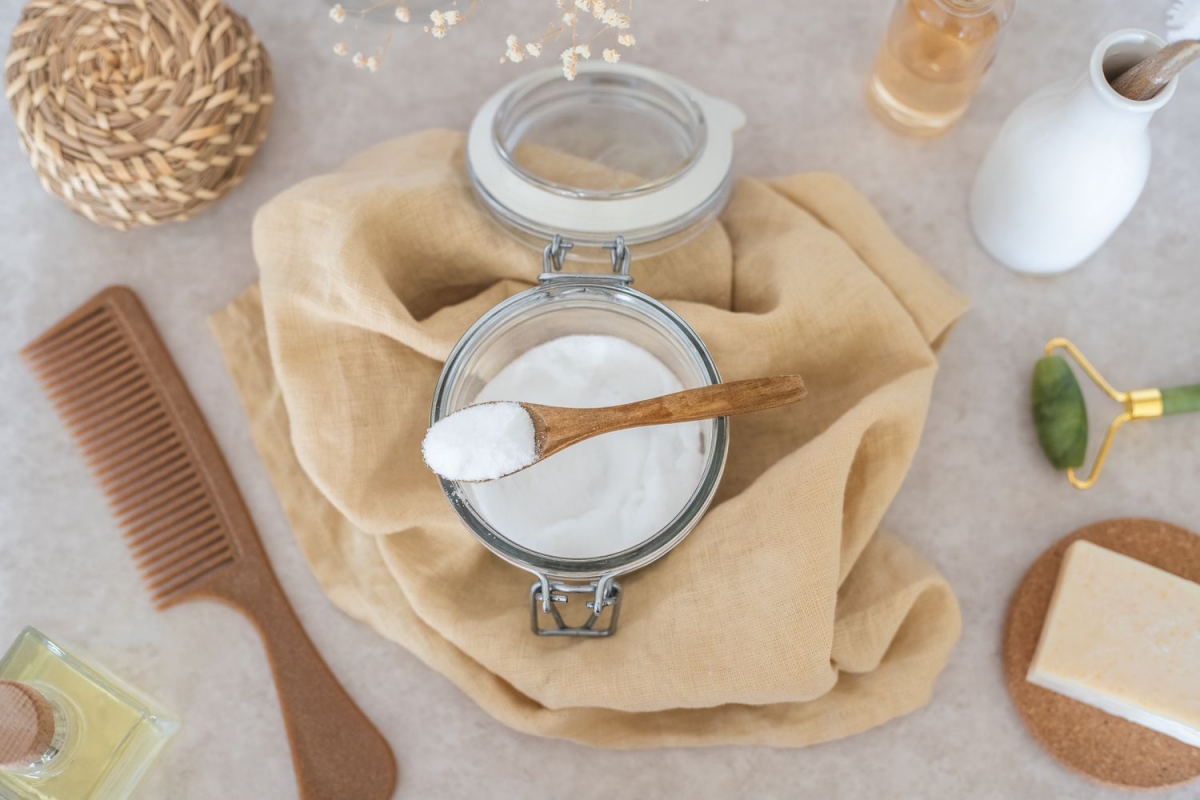
So, this isn’t another one of those fluffy “life hack” articles. This is my practical, no-nonsense guide to using sodium bicarbonate—what we all call baking soda—the right way. We’ll get into why it works, the specific techniques the pros use, and maybe most importantly, when to put the box down and grab something else.
First, Let’s Build Your Simple, Pro-Level Cleaning Kit
Before we dive in, let’s talk gear. You don’t need a lot. My go-to kit for 80% of jobs is incredibly simple and cheap. You’re looking at a box of baking soda, a good non-scratch nylon brush for grout and tough spots, a few microfiber cloths, and maybe a spray bottle for liquid solutions. All in, you can get everything you need for under $15 at any big-box store like Target or Walmart.
The Simple Science: Why This Stuff Actually Cleans
To use baking soda like a pro, you gotta know what you’re working with. Forgetting the basic science is how you end up accidentally ruining a countertop. It’s a salt, but its power comes from a few key properties.

It’s a Mild Alkali. Think back to the pH scale from science class—0 is super acidic, 14 is super alkaline, and 7 is neutral like water. Baking soda sits around an 8.5 or 9. This is the sweet spot. A lot of gross smells, like sour milk or grease, are acidic. The alkalinity of baking soda neutralizes those acids, actually eliminating the odor instead of just masking it. It also helps break down fats and grease, making them easier to wipe away. That’s its secret for greasy stovetops.
It’s a Gentle Abrasive. The crystals are hard enough to scrub away gunk but soft enough not to scratch most common surfaces. On the Mohs scale of hardness, baking soda is about a 2.5. For context, your fingernail is about the same. A porcelain sink is way up at a 7, and stainless steel is around a 5.5. This is why it cleans them so well without causing damage. But here’s the catch: softer stuff like acrylic tubs or polished marble can be easily scratched. Know your surface!
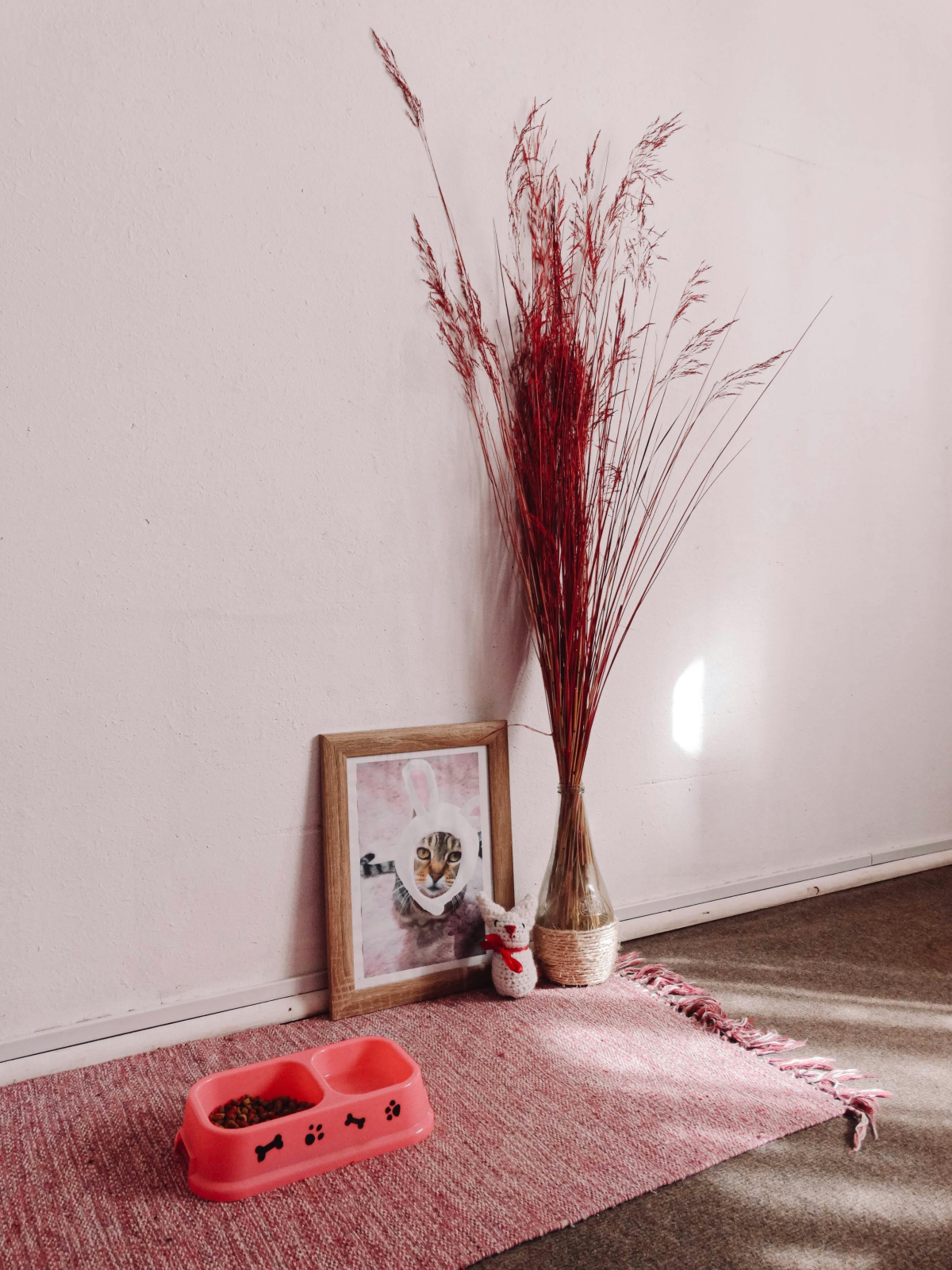
It Reacts with Acids. You know the volcano experiment from school? Mix baking soda with an acid like vinegar, and you get a fizzing reaction that releases carbon dioxide gas. In cleaning, this bubbling can provide a little mechanical scrubbing in tight spots like a drain. But heads up! A common mistake is thinking that mixing the two creates a super-cleaner. The reality is, they neutralize each other. Once the fizzing stops, you’re mostly left with salty water, and you’ve lost the unique cleaning powers of both the acid and the base.
Pro Techniques for Cleaning and Deodorizing
In my line of work, results are everything. We don’t have time for methods that flop. Here are the tried-and-true ways we use baking soda in the field.
The Perfect Scouring Paste
This is my number one use, replacing a ton of harsh abrasive cleaners.
- The Mix: It’s simple. Roughly 3 parts baking soda to 1 part water. Don’t overthink it. Just add water slowly until you get a thick paste, kind of like frosting or wet sand. It should be able to sit on your fingertip without dripping.
- How to Use It: Grab a non-abrasive tool. I use a nylon bristle brush for grout and a microfiber cloth for smooth surfaces like sinks. Slather the paste on and—this is important—let it sit for 5 to 10 minutes. This “dwell time” lets the alkalinity do its work on the grease. Then, scrub in small circles without a ton of pressure. Let the crystals do the work.
- Quick Tip for Stainless Steel: When you’re cleaning a stainless steel sink, always scrub “with the grain.” Look closely at the metal; you’ll see very faint lines. Scrubbing parallel to those lines prevents micro-scratches and keeps the surface looking new.

How to Fix a Badly Burnt Pot
Oh yeah, we’ve all been there. You walk away for a minute and come back to a blackened, caked-on mess. Don’t panic, and don’t reach for steel wool. Scrape out any loose bits, then generously sprinkle a thick layer of baking soda across the bottom of the pot. Add just enough water to cover the burnt areas, put it back on the stove, and bring it to a simmer for about 15-20 minutes. The combination of heat and alkalinity will usually lift that burnt-on crud right off with minimal scrubbing.
Effective Deodorizing (It’s More Than an Open Box)
That box with the perforated top in the fridge? Mostly marketing. For real deodorizing, you need to maximize surface area.
- For Fridges: Pour at least a cup of baking soda into a wide, shallow bowl and stick it on a back shelf. This exposes way more of it to the air, allowing it to absorb more odors. Swap it out every 30-45 days. You’ll know it’s time when you start smelling last Tuesday’s leftovers again.
- For Carpets & Rugs: This is a fantastic pre-treatment before vacuuming. Lightly sprinkle an even layer over the entire carpet (an old spice shaker works great for this). Let it sit for at least 30 minutes, or even a couple of hours for tough pet odors. The key here is using a vacuum with a good HEPA filter. Baking soda particles are super fine and a cheap vacuum can just kick them back into the air.

Restoring Silver Without the Elbow Grease
This method looks like magic but it’s pure chemistry. It removes tarnish without polishing away a thin layer of the silver itself.
Here’s the setup: Line a glass baking dish with aluminum foil, shiny side up. Place your tarnished silver items directly on the foil—they must be touching it. Sprinkle them liberally with baking soda, then pour in boiling water until everything is submerged. You’ll see some fizzing and might smell a faint rotten-egg odor (that’s the sulfur leaving the silver). After 5 to 15 minutes, carefully remove the items with tongs, rinse them under warm water, and buff dry with a soft cloth.
So why is aluminum foil okay here, but cleaning an aluminum pot isn’t? Great question. This is a very specific electrochemical reaction where the hot water and baking soda create a solution that encourages the tarnish (silver sulfide) to move from the silver to the more reactive aluminum foil. It’s a transfer. A baking soda paste left on an aluminum pot, on the other hand, causes a direct chemical reaction with the pot itself, leading to oxidation and discoloration. Two totally different processes!
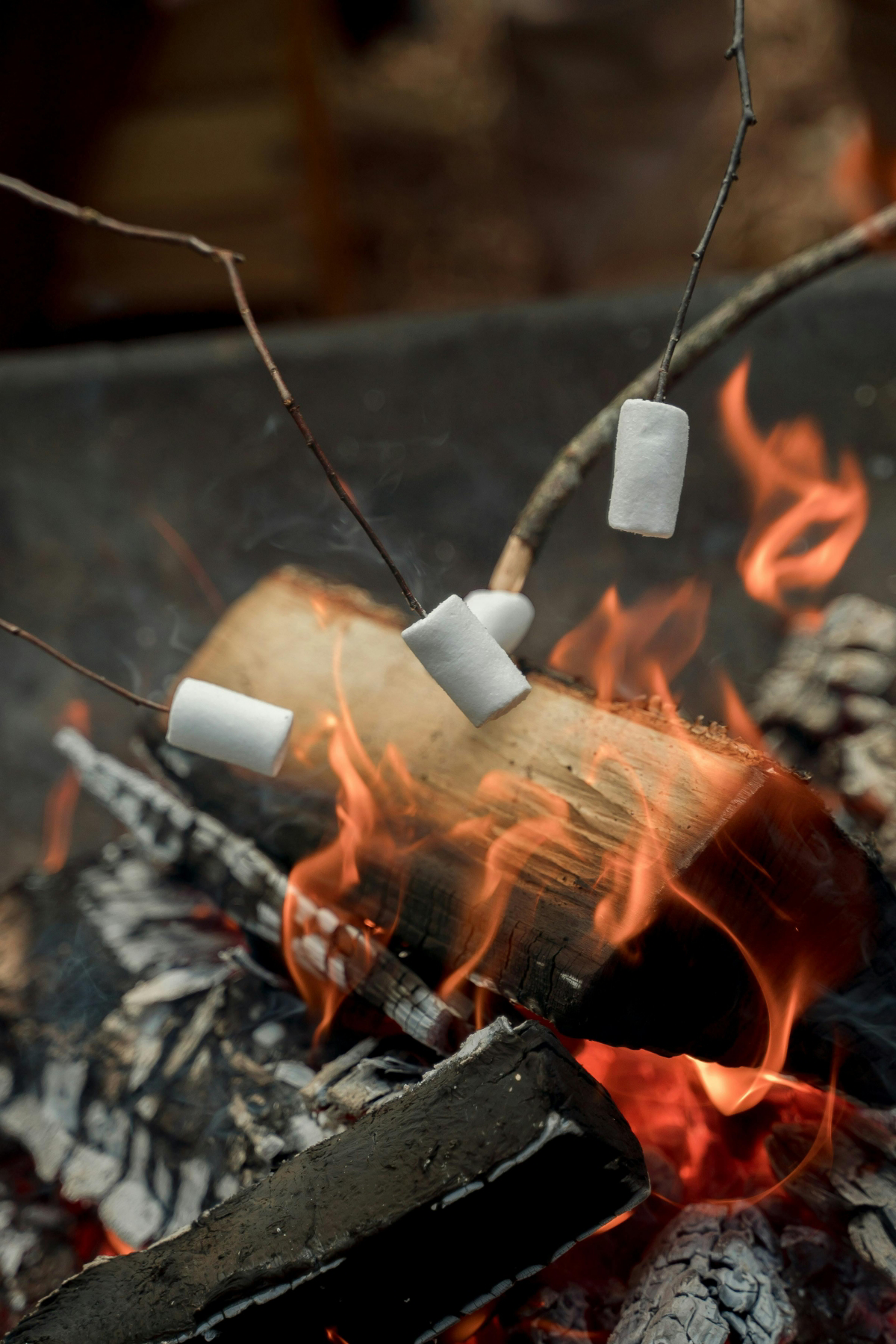
The “Do Not Use” List: A Pro’s Word of Warning
A good craftsman knows a tool’s limits. I’ve been called in to fix the damage from using baking soda on the wrong things, and it’s not pretty. To save you a headache and a hefty repair bill, here’s a quick rundown.
Surfaces to Absolutely Avoid:
- Marble, Limestone, or any Polished Stone: I once saw a gorgeous marble countertop permanently ruined by someone trying to scrub out a wine stain with a baking soda paste. It left a dull, etched patch that was way worse than the stain. It’s just too abrasive for these soft stones.
- Hardwood Floors: It’s a surefire way to strip the protective finish right off your floor, leaving it dull and exposed to water damage. Don’t do it.
- Glass Cooktops: While the glass itself is hard, the delicate markings for the burners can be easily scratched off.
- Aluminum Cookware: As we mentioned, prolonged contact with a baking soda paste will cause it to oxidize and discolor.
- Antique & Plated Silver: If you’re dealing with silver plate, aggressive scrubbing with a paste can wear right through the thin silver layer, exposing the base metal underneath. Stick to the foil method or a proper silver polish.
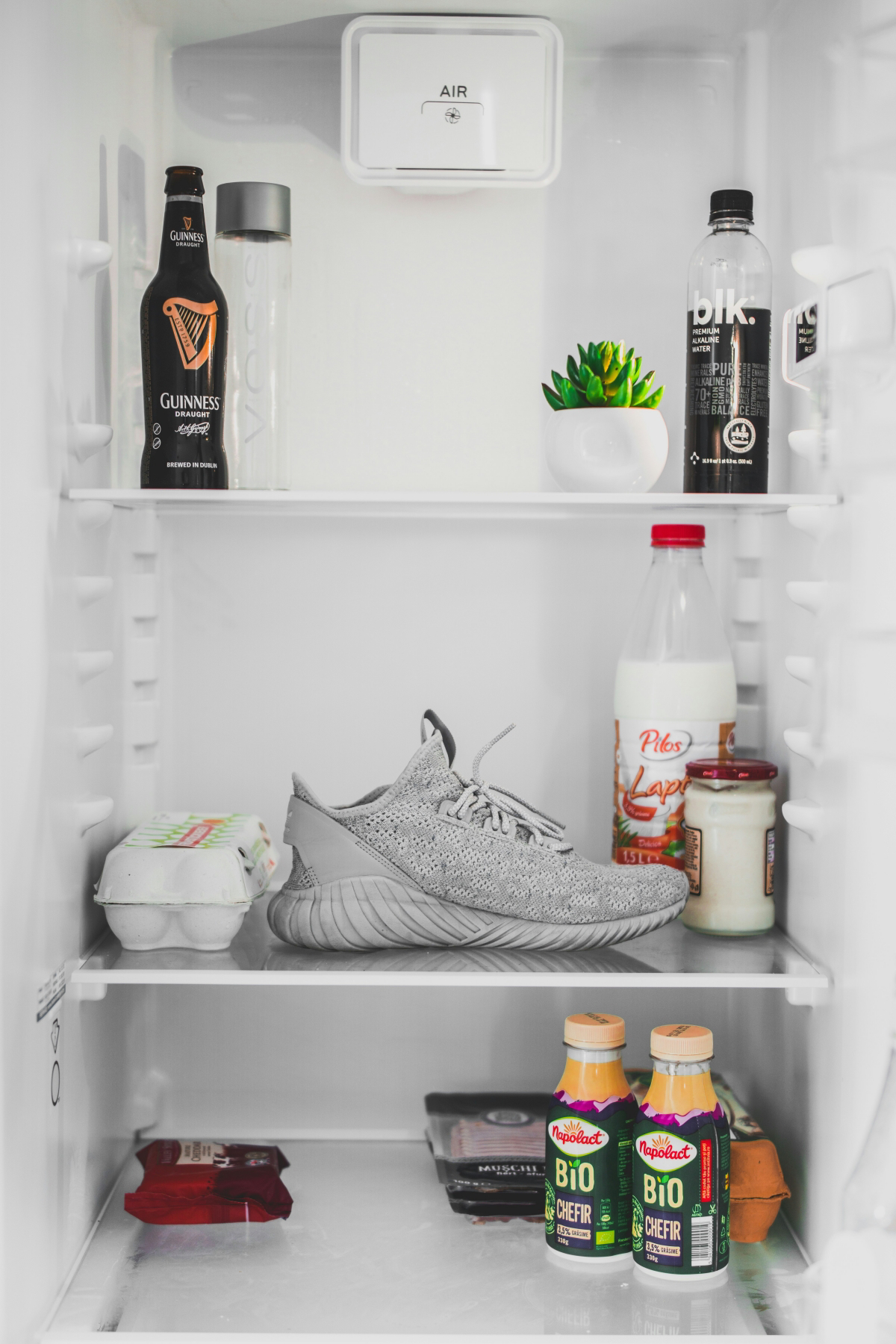
The Fire Extinguisher Myth: A Critical Safety Warning
Let’s be crystal clear about this. You’ll see tips online to use baking soda to put out a small grease fire. While it’s chemically true that heating it releases CO2 that can smother a flame, relying on it is a dangerous gamble. For a tiny flame in a small pan, maybe. But the proper, safe response is to slide a lid over the pan (cutting off oxygen) and turn off the heat. Every kitchen needs a real, certified Class K or ABC fire extinguisher. Trust me, you don’t want to be fumbling with a box of baking soda when things get serious.
A Few More Things Worth Knowing
Baking Soda vs. Washing Soda vs. Baking Powder
People get these confused all the time. Baking Powder is for baking only—it has baking soda plus an acid mixed in. Washing Soda (sodium carbonate) is a much stronger alkali (pH of 11) and is a fantastic heavy-duty degreaser, but it’s caustic and you need to wear gloves when using it. Baking Soda is your gentle, multi-purpose tool.
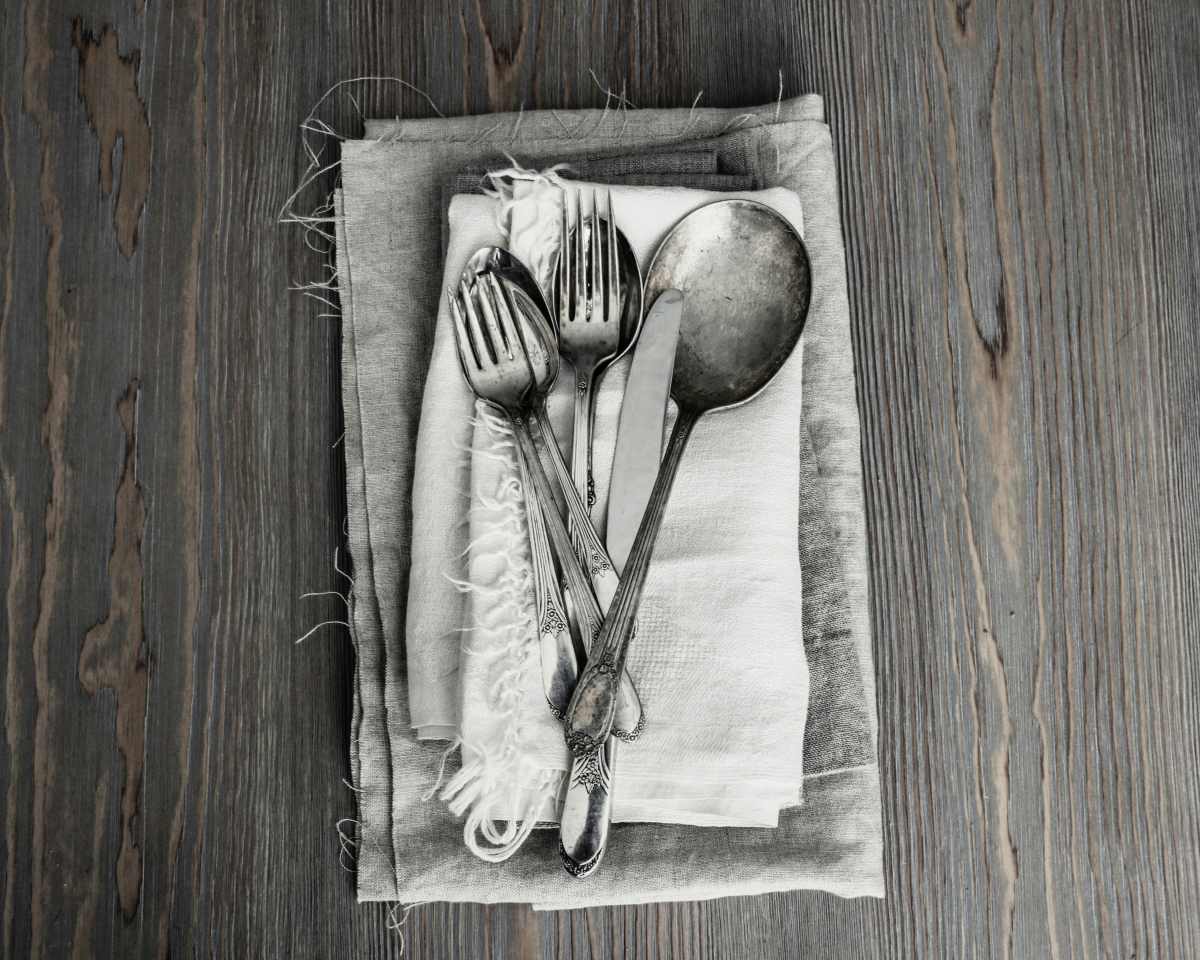
Sourcing and Storage for Best Value
For cleaning, any brand will do. But here’s a tip: don’t buy the small, 1lb box from the baking aisle for $1-$2 if you plan on cleaning with it. Head over to the laundry or pool chemical aisle. You can often find a big 5lb bag for $5-$8, which is a much, much better value. Store it in a cool, dry place. It doesn’t spoil, but it can absorb odors, making it less effective.
At the end of the day, baking soda is a fantastic, cheap, and effective tool when you know how to use it. It’s not a miracle cure, but it’s a reliable workhorse. Now, here’s your mission for this week: Find one commercial cleaner you use regularly—like a sink scrubber—and try the baking soda paste instead. See the results for yourself. You might be surprised.
Galerie d’inspiration
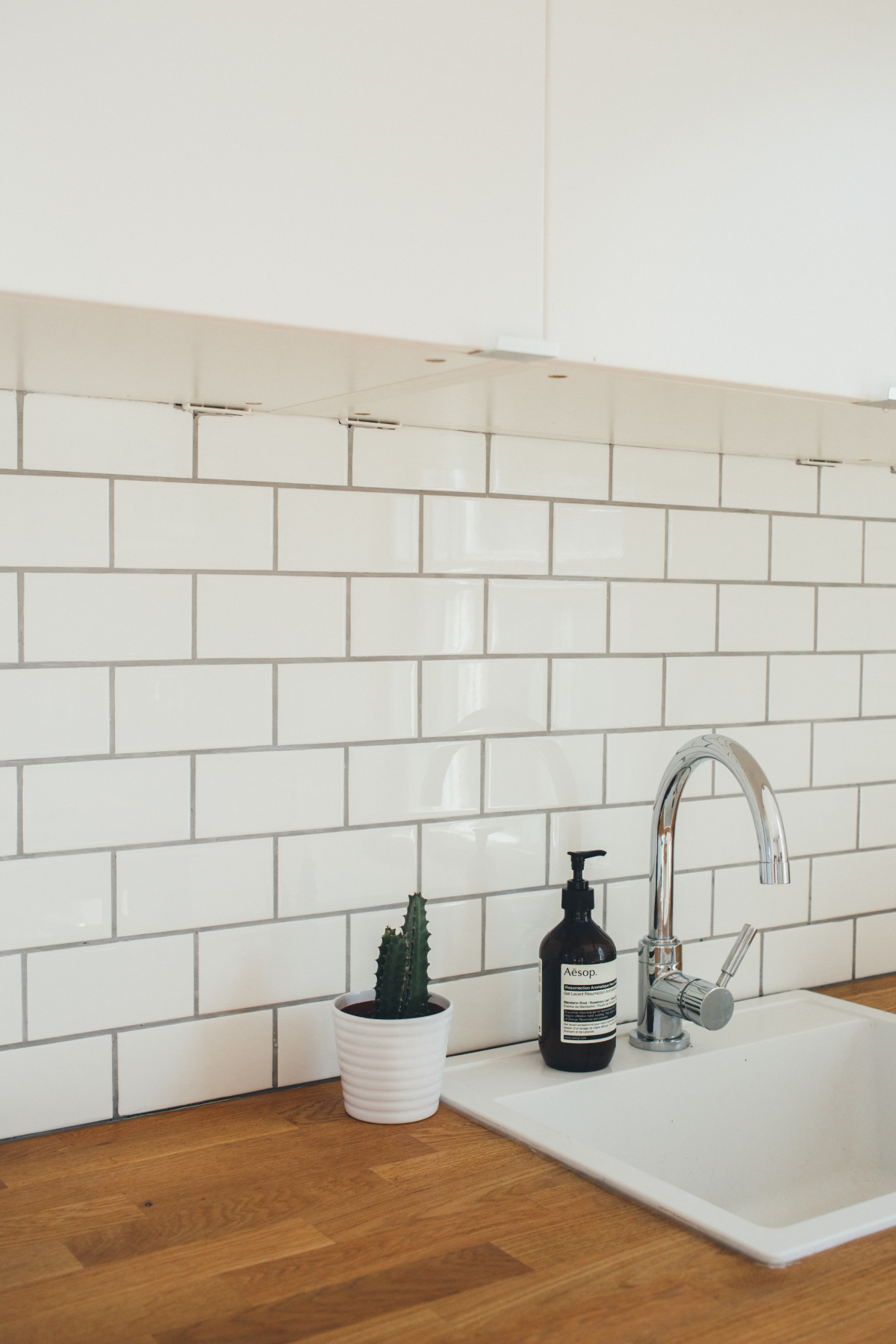
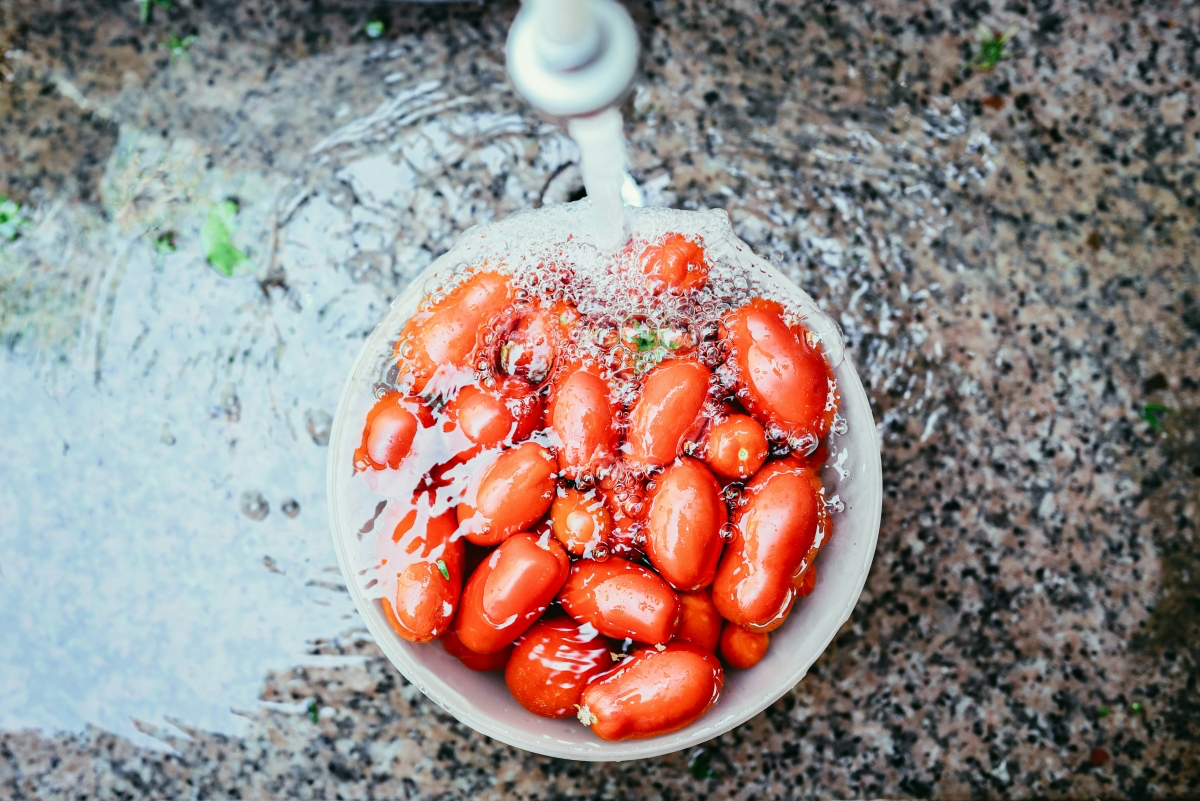
Looking for an end-of-the-day reset?
Forget expensive bath bombs. A simple baking soda foot soak can work wonders. Its alkaline properties help to soften rough skin and neutralize foot odor. For a true spa-at-home experience, dissolve half a cup of baking soda in a basin of warm water and add five drops of lavender or tea tree essential oil. Soak for 15-20 minutes. It’s a surprisingly effective, budget-friendly way to soothe tired feet after a long day.
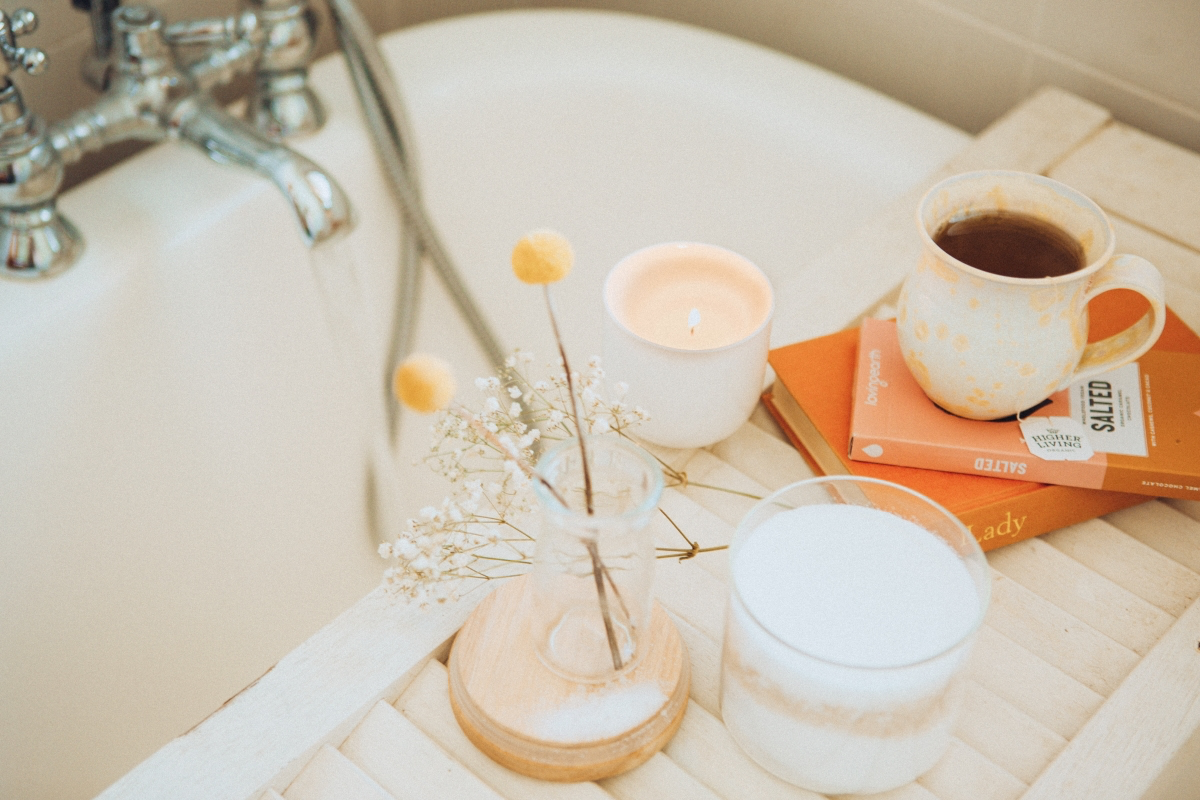
The Pro’s Oven Door Paste: When commercial oven cleaners are too harsh, this is the go-to solution for baked-on grease on the interior glass. It’s more effective than a simple sprinkle-and-scrub.
- Mix approximately 1/2 cup of Arm & Hammer baking soda with just enough water (about 3 tablespoons) to form a thick, spreadable paste, similar to the consistency of frosting.
- Use a silicone spatula to apply a thick layer to the cool oven glass, avoiding heating elements and seals.
- Let it sit for at least 20 minutes (or several hours for tough grime), then wipe away with a damp microfiber cloth. The grease lifts off with minimal effort.

Did you know that baking soda’s crystal structure provides gentle abrasion without being overly harsh? It scores a 2.5 on the Mohs hardness scale, making it softer than most common surfaces like porcelain, steel, and glass.
This is precisely why it’s a restorer’s favorite for cleaning a vintage porcelain sink or scrubbing a glass stovetop without fear of micro-scratches. However, this same ‘gentle’ abrasion is still too aggressive for delicate, high-gloss finishes like lacquered wood or certain car paints, where it can dull the surface over time.
Warning: Keep It Away From Aluminum. While it’s a miracle worker on stainless steel and porcelain, baking soda should never be used to clean aluminum pots, pans, or bakeware. The alkaline nature of sodium bicarbonate reacts with the aluminum, causing it to oxidize. This can lead to a dull, dark, and permanently discolored finish on your favorite cookware.










